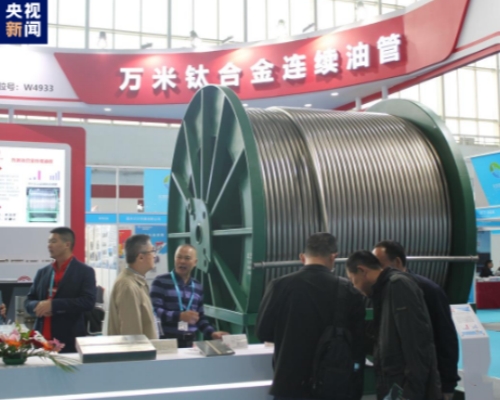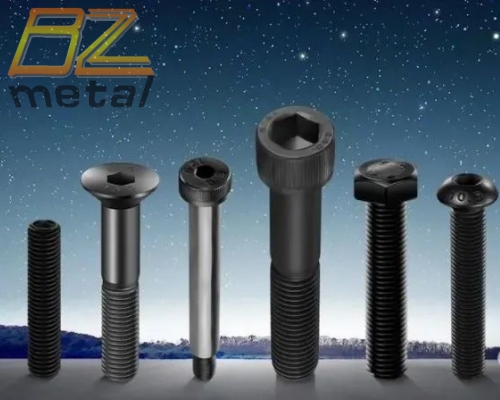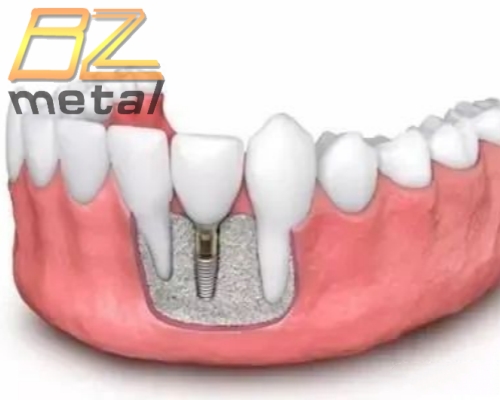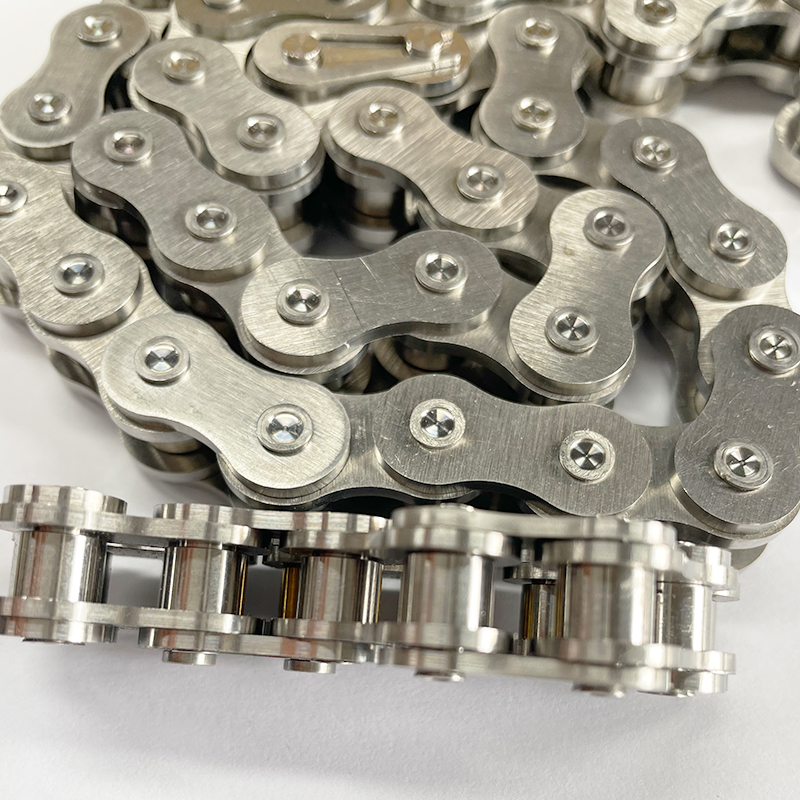Introduction to the chemical properties of titanium
Titanium is a very corrosion-resistant metal. However, the thermodynamic data of titanium show that titanium is a thermodynamically extremely unstable metal. If titanium can be dissolved to generate Ti2+, its standard electrode potential is very low (-1.63V), and its surface is always covered with an oxide film. In this way, the stable potential of titanium is stably biased to a positive value, for example, the stable potential of titanium in seawater at 25°C is about +0.09V. In chemistry manuals and textbooks, we can get the standard electrode potential corresponding to a series of titanium electrode reactions. It is worth pointing out that in fact these data are not directly measured, but often can only be calculated from thermodynamic data, and due to different data sources, it is not possible to show several different electrode reactions and different data at the same time. Strange.
Therefore, the excellent corrosion resistance of titanium stems from the fact that there is always a stable, highly adhesive, and particularly protective oxide film on the surface of titanium. In fact, it is the stability of this natural oxide film that determines the corrosion resistance of titanium. corrosion resistance. Theoretically speaking, the P/B ratio of a protective oxide film must be greater than 1. If it is less than 1, the oxide film cannot completely cover the metal surface, so it is impossible to play a protective role. If this ratio is too large, the compressive stress in the oxide film will increase correspondingly, which will easily cause the rupture of the oxide film and fail to protect it. Analyzing from this basic point, the oxide film of titanium can have better protection performance.
For example, the thickness of the oxide film is about 1.2-1.6nm in the atmosphere at room temperature, and it will thicken with time. After 70 days, it will naturally increase. The thickness reaches 5nm, and gradually increases to 8-9nm after 545 days. Artificially strengthening oxidation conditions (such as heating, using oxidants or anodic oxidation, etc.) can accelerate the growth of oxide film on the titanium surface and obtain a thicker oxide film, thereby improving the corrosion resistance of titanium. Therefore, the oxide film formed by anodic oxidation and thermal oxidation will significantly improve the corrosion resistance of titanium.
The oxide film of titanium (including thermal oxide film or anodic oxide film) is usually not a single structure, and the composition and structure of the oxide vary with the conditions of formation. In general, the interface between the oxide film and the environment may be TiO2, but the interface between the oxide film and the metal may be dominated by TiO. There may be transition layers of different valence states in the middle, even non-stoichiometric oxides, which means that the titanium oxide film has a multilayer structure. As for the formation process of this layer of oxide film, it cannot be simply understood as the direct reaction of titanium and oxygen (or oxygen in the air). Many researchers have proposed various mechanisms. Workers in the former Soviet Union believe that hydrides are first formed, and then an oxide film is formed on the hydrides.





